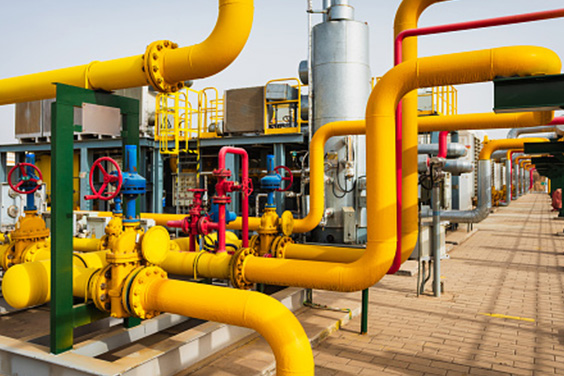Achieving excellence in a premium high-end office environment is a multifaceted endeavor that requires attention to detail, a commitment to quality, and a clear understanding of the role that the environment plays in fostering productivity, creativity, and employee well-being. The design and atmosphere of such an office are not merely about aesthetics; they are an integral part of the business strategy, influencing everything from employee morale to client perception.
The Importance of Design and Layout
A premium office environment begins with thoughtful design and layout. The space should be a seamless blend of form and function, where every element serves a purpose while contributing to the overall aesthetic. High-end materials, such as marble, glass, and polished wood, should be used to create a sense of luxury and sophistication. These materials not only look impressive but also convey a message of stability and success to clients and visitors. The layout should be open and airy, promoting collaboration while also offering private spaces where employees can focus on tasks that require deep concentration. Ergonomics are crucial in this regard. High-quality, adjustable furniture that supports good posture can significantly reduce the risk of work-related injuries and boost productivity. Furthermore, incorporating elements of basophilic design, such as indoor plants, natural lighting, and organic shapes, can enhance employee well-being by creating a more relaxed and inspiring atmosphere.
Technology Integration
In a high-end office environment, technology should be seamlessly integrated into the design, providing employees with the tools they need to perform at their best. This includes state-of-the-art computers, fast and reliable internet, and cutting-edge communication tools that facilitate both in-person and remote collaboration. Smart office technology, such as automated lighting and climate control, can enhance comfort and efficiency, while also contributing to sustainability goals. Moreover, the use of technology extends beyond individual workstations. Conference rooms should be equipped with the latest audiovisual equipment to ensure that presentations and meetings run smoothly. Additionally, secure, high-speed networks are essential for protecting sensitive information and ensuring that the business can operate without interruptions.
Fostering a Positive Culture
Excellence in a premium office environment is also about the culture that is cultivated within it. A high-end office should be a place where employees feel valued and motivated to perform at their best. This begins with leadership that prioritizes clear communication, recognizes achievements, and encourages professional growth. Regular training sessions and workshops can help employees develop new skills and stay up-to-date with industry trends. Moreover, a strong emphasis on work-life balance is essential. Offering flexible working hours, 服务式办公室 上海 remote work options, and wellness programs can help employees maintain a healthy work-life balance, reducing burnout and increasing job satisfaction. In a premium office environment, amenities such as on-site fitness centers, relaxation areas, and gourmet cafeterias are not just perks; they are investments in employee well-being and productivity.


